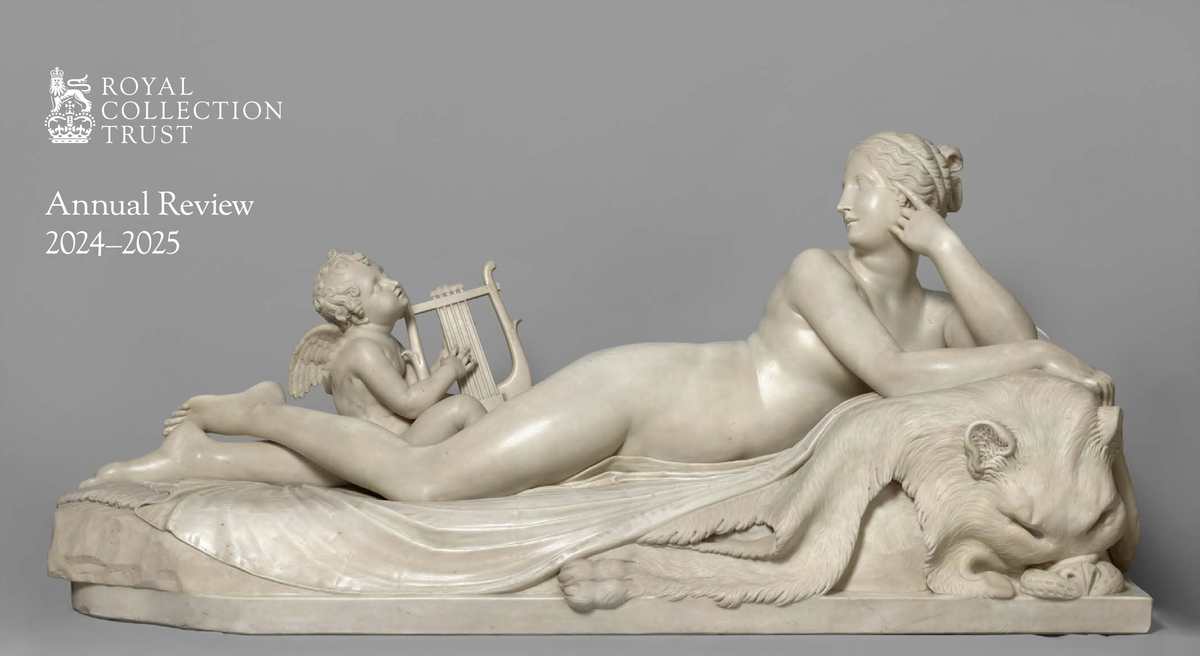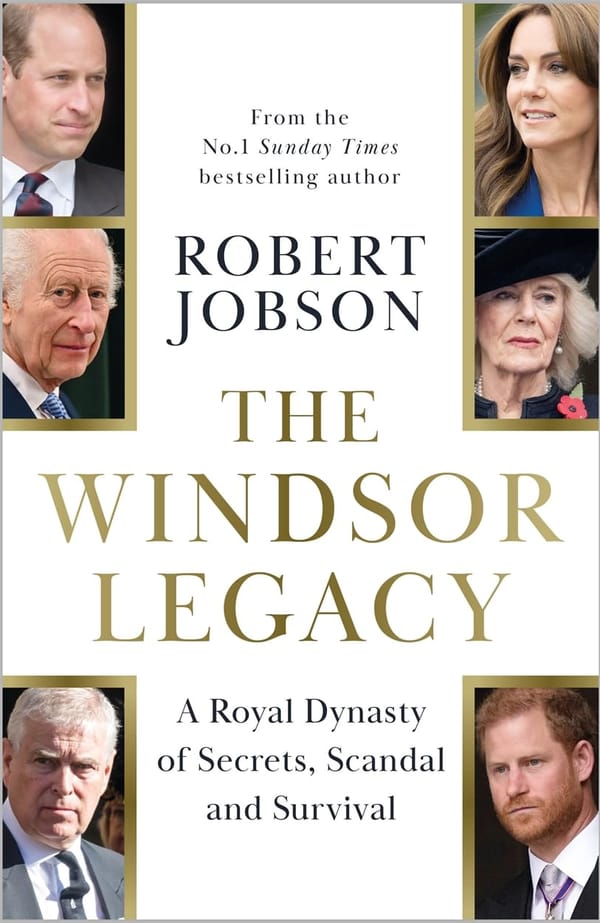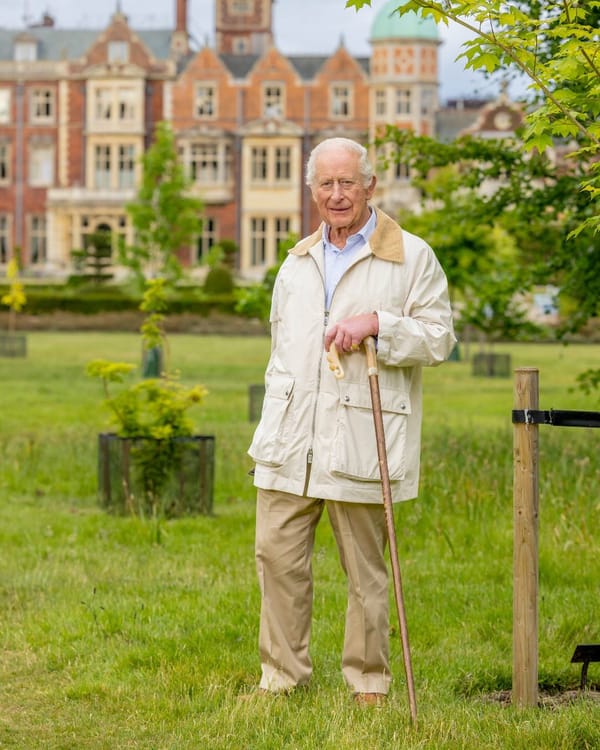Record-Breaking Year for Royal Collection Trust Marred by Dramatic £3M Paris Heist

The Royal Collection Trust's newly released annual report for 2024-25 reveals a year of remarkable achievements and unprecedented public access—but also documents one of the most audacious art thefts in recent royal history, resulting in a £3 million insurance payout.
The Great Paris Snuff Box Heist
Four masked raiders on scooters pulled off a dramatic daylight robbery at the Cognacq-Jay Museum in Paris last November, making off with precious royal treasures in a scene that could have come straight from a Hollywood thriller. Using an axe to smash display cases in front of shocked visitors, the thieves targeted an exhibition of 18th-century luxury miniature items.
Among their haul were two historic snuff boxes on loan from the Royal Collection, valued at over £3 million according to the insurance payout detailed in the Trust's annual accounts. The stolen treasures include a snuff box featuring a cameo of the Birth of Venus and an extraordinary Fabrique Royale snuff box encrusted with nearly 3,000 diamonds.
The diamond-studded box carries particular historical significance—it once belonged to the Russian royal family before being seized by Soviet authorities in 1917, eventually finding its way into the Royal Collection when Queen Mary purchased it in 1932. The theft represents not just a financial loss but the disappearance of irreplaceable pieces of royal and European history.
The insurance settlement will be "placed into a designated fund to be used for the enhancement of the collection," according to the Trust, ensuring the loss contributes to future acquisitions and conservation work.
Royal Visitor Records Shatter Expectations
Despite this setback, Buckingham Palace experienced its most successful summer opening since public tours began over 30 years ago, welcoming a staggering 646,389 visitors across 73 days. The Palace's decision to open seven days a week during July and August for the first time since 2019 proved wildly popular, with visitors eager to see Jonathan Yeo's newly completed official portrait of King Charles III in the Ballroom.
But the real star attraction was the first-ever public access to the East Wing, completed after five years of essential infrastructure work. These exclusive guided tours, featuring rooms like the Chinese Dining Room and the 240-foot-long Principal Corridor, sold out within hours of going on sale—a testament to the public's insatiable curiosity about previously unseen royal spaces.
The King Gets His Hands Dirty in Conservation
Perhaps the most charming revelation from the report involves King Charles trying his hand at gilding during a February visit to the Decorative Arts conservation workshop. The image of the monarch learning traditional restoration techniques from his own conservators perfectly encapsulates his well-known passion for craftsmanship and heritage preservation.
This wasn't just a photo opportunity—the King observed conservators restoring spectacular giltwood dragons originally made for the Royal Pavilion in Brighton, demonstrating his genuine engagement with the painstaking work required to maintain the Royal Collection's treasures.
Historic Firsts Break Royal Tradition
The report documents several precedent-setting moments that reflect the monarchy's evolving relationship with modern Britain:
For the first time in Windsor Castle's 1,000-year history, an iftar meal was held in the State Apartments during Ramadan. Over 350 guests from the local community gathered in St. George's Hall, with young reciters from Maidenhead Mosque leading the call to prayer from the Hall's balcony. One guest's reaction captured the significance: "Made me feel proud to be British and Muslim and made me and my community feel valued."
The Castle also hosted its first-ever Diwali Family Day, welcoming over 100 attendees—three-quarters of whom were visiting for the first time.
The £1 Ticket Revolution
In a bold move toward accessibility, the Trust launched a £1 ticket scheme for those receiving Universal Credit and other benefits. The trial proved incredibly popular, with 19,500 tickets sold in just four months at Windsor Castle and the Palace of Holyroodhouse. One visitor's testimonial reveals the program's impact: "We visited today with our 11-year-old daughter and 7-year-old son with special educational needs and had the most wonderful day! It's definitely encouraged us to try and visit other similar places."
Conservation Discoveries and Royal Mysteries
The report reveals fascinating discoveries made during conservation work. Infrared analysis of a double-portrait of George III and Queen Charlotte by Benjamin West uncovered a dramatic change: while both monarchs appear in profile in the finished painting, West had originally painted Queen Charlotte facing outward toward the viewer—a composition alteration that remained hidden for centuries.
Meanwhile, conservators completed work on a rare Artemisia Gentileschi painting, "Susanna and the Elders," which had been misattributed for at least two centuries. The painstaking removal of multiple paint layers revealed the work's original composition and a 'CR' brand confirming its place in Charles I's collection.
Financial Triumph Despite Setbacks
The Trust achieved official financial recovery from the pandemic two years ahead of schedule, with total income reaching £89.9 million and profits of almost £14 million. This financial stability was bolstered by record visitor numbers—2.9 million people visited royal palaces and exhibitions—and enabled the organization to fully repay pandemic-era loan facilities.
Windsor Castle remained the biggest draw, attracting almost 1.4 million visitors, while the newly renamed King's Galleries continued to pull in crowds with innovative exhibitions and programming.
Security Concerns and Future Vigilance
The Paris theft raises important questions about the security of royal treasures when on international loan. While the Trust operates an extensive loans program—with 44 items on short-term loan this year across seven countries—the dramatic heist highlights the risks involved in sharing these priceless artifacts with global audiences.
The fact that exhibits from the Louvre and Palace of Versailles were also targeted suggests this was a sophisticated operation specifically aimed at high-value cultural artifacts, rather than an opportunistic crime.
Looking Forward: Sustainability and Storage
Despite the setback, the Trust continues ambitious forward-planning initiatives, including two major capital projects at Windsor Home Park to enhance art storage capabilities. With the Collection continuing to grow following the change of reign, these developments will be crucial for safely housing royal treasures.
The Trust's commitment to sustainability shines through various initiatives, from using exclusively UK-based printers for guidebooks to converting the Palace of Holyroodhouse café kitchen to an all-electric system.
The Balance of Access and Security
The 2024-25 year ultimately tells a story of remarkable success shadowed by sobering reality. While nearly 2.9 million visitors enjoyed unprecedented access to royal heritage, and groundbreaking initiatives opened palace doors to new audiences, the Paris theft serves as a stark reminder of the vulnerabilities faced by cultural institutions worldwide.
The £3 million insurance payout, while providing funds for future collection enhancement, cannot replace the irreplaceable historical artifacts now lost to thieves. It's a price that illustrates both the incredible value of the Royal Collection and the ongoing challenges of balancing public access with security in an increasingly uncertain world.
The full Royal Collection Trust Annual Review 2024-25 and financial statements are available at rct.uk




